How To / Meditate
5 years ago by
I am intimidated to write an intro about Susan Piver. Not because she’s a big bad wolf — quite the opposite. Because I have so much respect and admiration for her that I could never do her justice in a 250 word intro. I spoke about a huge breakthrough I had on the retreat on our Self-Discovery Pocket Pardon My French and I owe this breakthrough to Susan.
Susan was technically our “mediation leader” on the retreat, but she was so much more than that. She guided us not just through meditation, but through our emotions that bubbled up to the surface during said meditations. And she did so with such grace, integrity, and wisdom, that we all wanted her to be our personal life guru by the end of the week.
I wanted to bring a kernel of Susan’s wisdom to you all. So, I jumped on the phone with her to ask her a few questions about her own meditation practice and how someone can take the leap and begin their own meditation practice.
If after reading the below you realize you need more Susan in your life — and you will — you can find her in her online meditation community, The Open Heart Project, her 7-day meditation retreat in the Rocky Mountains, Open Heart, Clear Mind and her latest book, The Four Noble Truths of Love.
How and when did you find meditation?
I found meditation a long time ago, close to 25 years ago. And it wasn’t that popular back then.
I had been in a really really bad car accident where nobody expected me to live, and I had a very long recovery. I needed help dealing with the trauma of it because it turned me into someone I didn’t recognize. I was angry and I was impatient and I didn’t know what was going on, I just knew that my mind was no longer familiar to me, so I happened upon a few books by lucky coincidence about Buddhist meditation and the Tibetan tradition that spoke to me so clearly. I began practicing and I still practice in the exact same tradition as the one I discovered now close to 25 years ago.
What benefit did you initially experience that made you realize you needed more of this specific meditation in your life?
The benefits are very interesting and run counter perhaps to the way they’re depicted in the media as people looking all “zen” and not really in pain — that’s not the effect of meditation that I noticed. I was just as upset as I had been before, I was just as hurt by the things that hurt me and just as delighted by the things that gave me pleasure, but I had discovered I had a sense of spaciousness around it all that gave me options about how to respond, so rather than making me feel all peaceful all the time it actually enabled me to be in more direct contact with the truth of my experiences and therefore better able to choose skillful responses as opposed to weird reflexive responses to strange things I made up in my mind.
You teach open eye meditation, why is that? What are the differences and the benefits to meditating with one’s eyes open?
Yeah, there are eyes closed practices and as you say eyes open meditation practices and they’re both great, but they have different effects. When you sit with your eyes closed there can be a sense of withdrawing and sometimes that is absolutely necessary, this life is crazy, but when this meditation is over you have to open your eyes and come back and it can feel as though you’ve left your meditative equanimity, your mindfulness on the meditation cushion.
Other than being able to take it with you in your life, which is where you really need it. You don’t need it on the meditation cushion, you need it when you’re at work, and falling in love, and breaking up and so on. So when you practice with your eyes open there’s less of a sense of divide between your meditation experience and your life and that’s what’s really important. It is “easier” to meditate with your eyes closed–if the object of meditation was to be good at meditation, we would all be sitting with our eyes closed. However, it doesn’t matter if you’re good at it because that isn’t what we’re aiming for. We’re aiming to be good at being ourselves in our lives. If you go into your life and you want to be mindful and aware, but everytime you want to do it you have to close your eyes, you know that’s just impractical and potentially dangerous and not very useful. But, practicing being right here with things as they are and eyes open really supports that.
And as some people who deal with trauma, and you know I put myself in that group, it can be very frightening to sit with their eyes closed so it’s more stabilizing to sit with your eyes open.
How do you think about nothing, even the idea of thinking of nothing for a lot of people starts to spur anxiety and they start thinking about everything at once. How do you coach people when they have a hard time settling their mind?
Well yeah, I would feel anxious too if someone said sit down now and think of nothing because it’s impossible. Your mind exists to make thoughts, like your eyeballs exists to see and if someone said okay sit there open your eyes but try not to see anything, that’s the equivalent of saying sit down and try not to think of anything. It just doesn’t work that way. So the good news about meditation is that it’s not about settling your mind, you don’t have to have a peaceful mind or a spacious mind, you certainly do not have to stop thinking, that is the number one biggest misconception about meditation. Rather, you sit with your mind as it is, just like you would sit with a friend you want get to know it — oh, now it’s upset, now it’s happy, now it’s scared, now it’s bored, you make friends with yourself through this practice which has nothing to do with telling yourself to shut up, that is not part of the meditation instruction. So anyone who worries about trying to think nothing or clearing the mind of “thought” can stop worrying because not only is it not necessary, it’s not part of the practice. The practice is to be with your thoughts as they are with the primary attention on breath. You take a different relationship to your thoughts rather than trying to stop them or change them.
Whenever I see someone writing about meditation and they say you clear the mind of thought, that makes me mad because it’s unkind, it’s unrealistic, it’s unhelpful, and like you say it just intimidates people, makes them think, “I can’t do that, I have a billion things to think about there’s no way I can sit down and turn that off,” nor should you try.
On the retreat you had us practice a walking meditation where we walked in a line while meditating. Why did you want us to experience this? And how can people incorporate a walking meditation into their practice?
Walking meditation is a way of experiencing how to bridge the seated meditation practice with mindfulness in your life, because you actually walk into your life. It helps you imagine what it would be like to walk out of the meditation room and into your life with the mind of presence.
That’s one reason, and another is that it shows you that you can do “mindfulness” in a number of ways because all it means is placing your attention on what you are actually doing, so when you’re sitting and breathing you place your attention on that, when you’re walking you place your attention on that. It’s a profound practice, it’s a wonderful practice, and it also speaks to my favorite definition of meditation which is synchronizing mind and body because usually they split
Such as, when your body wants to go to sleep and your mind starts thinking about email and keeps you awake. But, in walking meditation there’s a noted emphasis on bringing mind and body together because your mind is focused on the movement of your body and therefore they’re synchronized. And just like in yoga, which means union, you’re bringing your mind and body together. It turns out that is the solution to stress and that is the solution to a whole manner of things that plague us.
I’ve been taught in my Buddhist tradition that all stress, no matter what the cause is actually the result of mind and body splitting, period. I find that hopeful because I don’t have to solve all the problems of my life or get away from various things in order to be less stressed, I just have to be place my mind on what my body is doing. Sometimes that’s just doing something you like — if you like cooking or you like gardening or you like running or you like kissing, you know things that naturally your mind and body want to be together and there’s a sense of ease and absorption that is grounding. So walking meditation just emphasizes those aspects of the practice.
In terms of incorporating it into one’s practice, you should be instructed. If you find it interesting, you can look up a Youtube video and learn how to do it and then just practice it in your home and see what it feels like…don’t do it walking across the street…(laughs).
For someone who’s never tried meditation, where do you typically suggest they begin? Do you encourage them to download apps? Do find an instructor or a community?
The first thing I suggest is to learn the practice from someone who has been trained to teach it. In other words, not just someone who made up something and is now trying to sell it to you. Someone who has been trained by a lineage. I do think apps can be great. They can be good introductions. Most people find it hard to sustain their practice, just by listening to recordings day by day. I know this now from teaching tens of thousands of people to meditate, it’s not enough to just know how to do it, but to make it sustainable. You have to have a way of investigating what is happening for you, a way of contemplating and digesting it, because it changes who you are. And most of all, it’s a community, which I find really interesting and surprising. But, even from thinking about our retreat, there is something so special about sitting with other people, there is more of a sense of being grounded and inspired. All three of those elements are necessary: good instruction, some way of contemplating your experience, and a real community, whether it’s in person or online. That is why I created the Open Heart Project, my online meditation community. It teaches people how to meditate, but it also provides the other two pieces: a way of examining as you practice, and a way of practicing with others. There are 20,000 people all over the world who sit together in this community, it’s not religious, it’s not dogmatic. As you know from our practice together, it’s very simple, and open. I think anyone who wants to can do it.
You insisted we free journal directly after meditating, even if only for a minute a day. Why are you such a supporter of free journaling accompany meditation?
Stream of consciousness writing is such an interesting bridge– kind of like walking meditation– between your sitting practice and then going into your life. First of all, writing is physical. I suggest you do it by hand, though you can also do it on the computer if you don’t like writing by hand. What I’ve found over and over is that it gives your deepest wisdom an opening. Usually, we’re consumed by thoughts of: what am I going to do? What am I going to say? What’s my game here? And that’s great, learning how to be practical, having those thoughts in our life. But, when you just start writing, whatever comes into your mind, it opens up a kind of freedom. You’re not saying, I’m going to write about this or that, you’re saying, I’m just going to write about whatever comes into my mind. And that spaciousness, applied to your thoughts is a very powerful way of inviting your deeper wisdom to the party. I don’t know why it works that way, but I have seen, over and over again– and not just for me, but for the millions of people who do this– that this works.

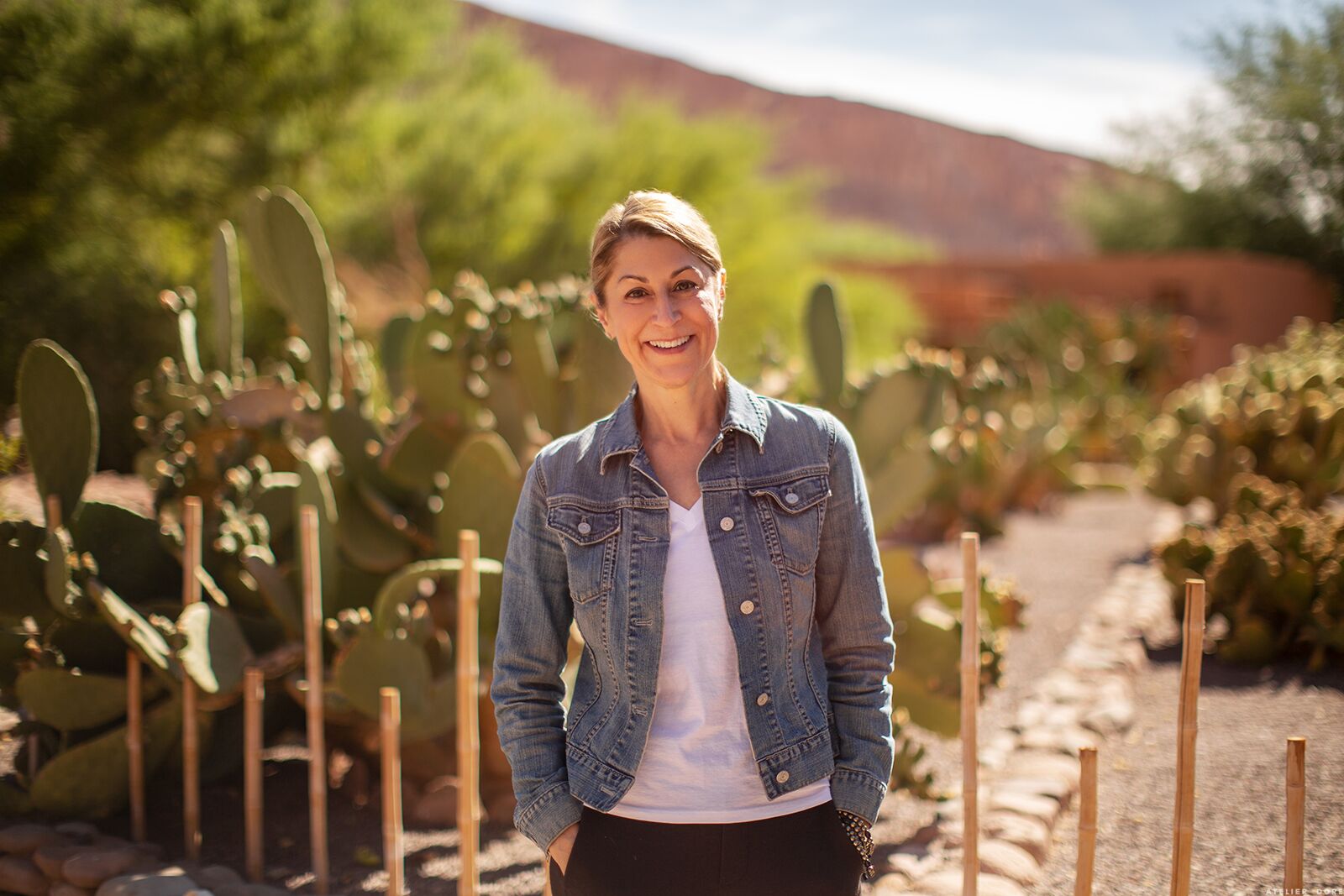



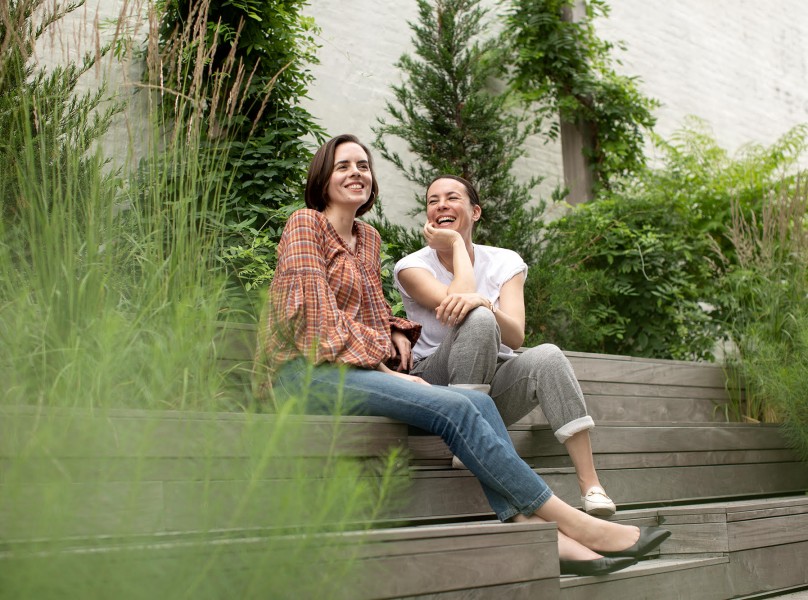

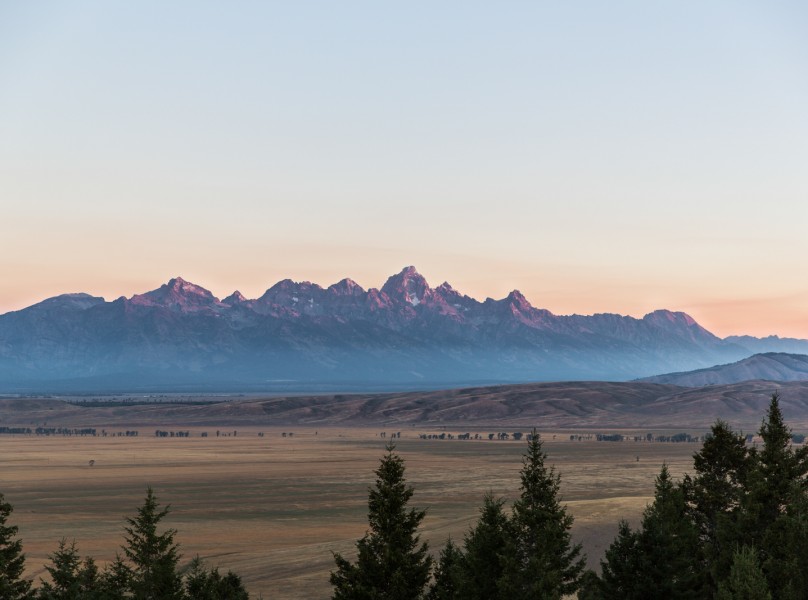


















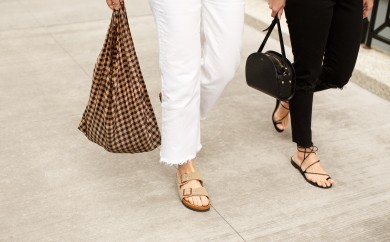
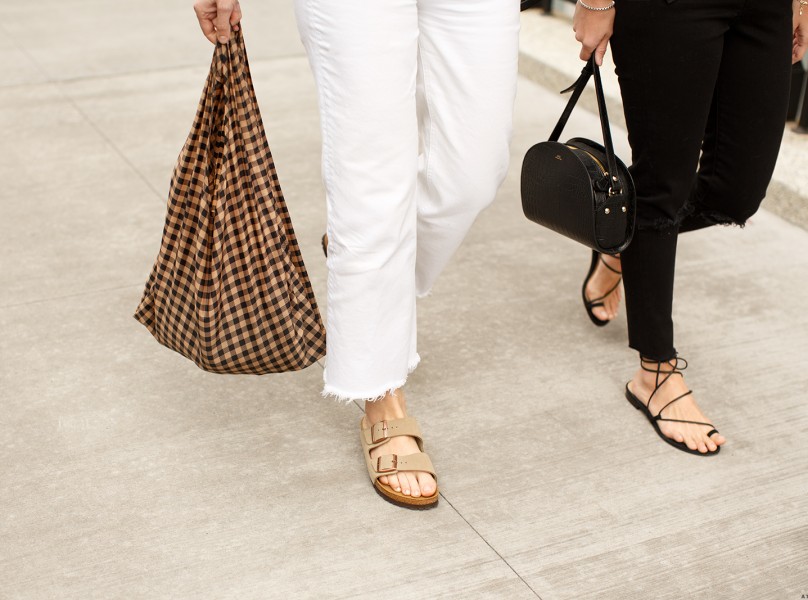
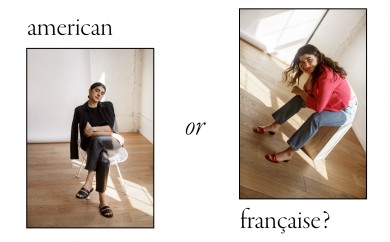
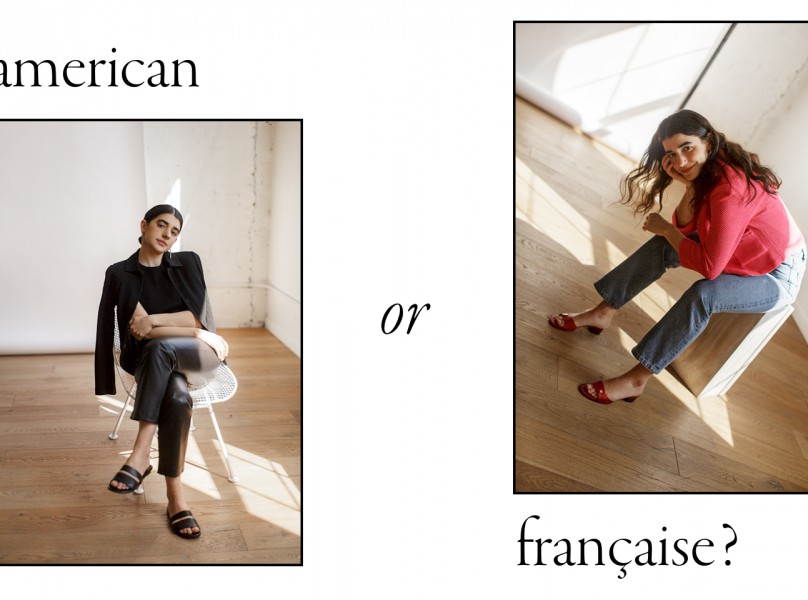

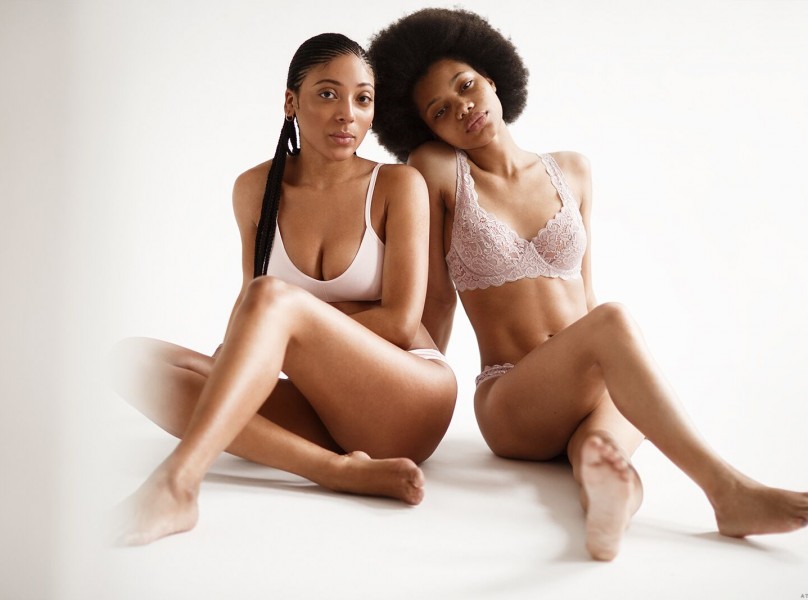
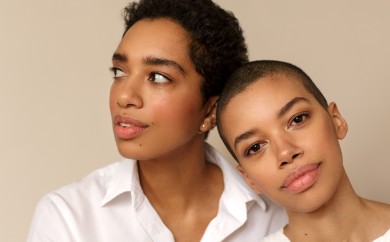
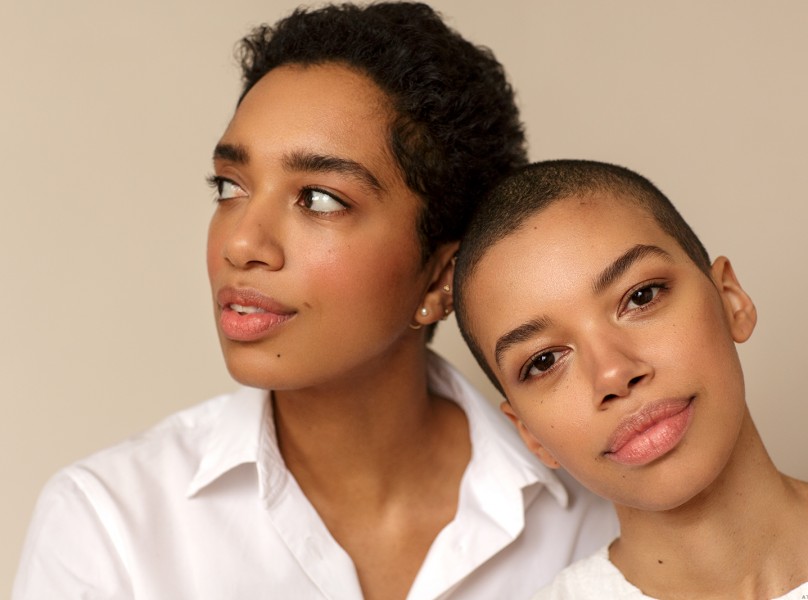




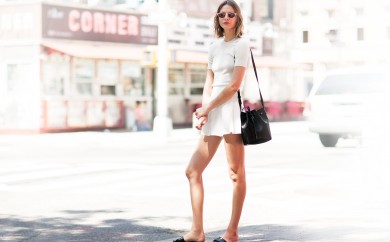
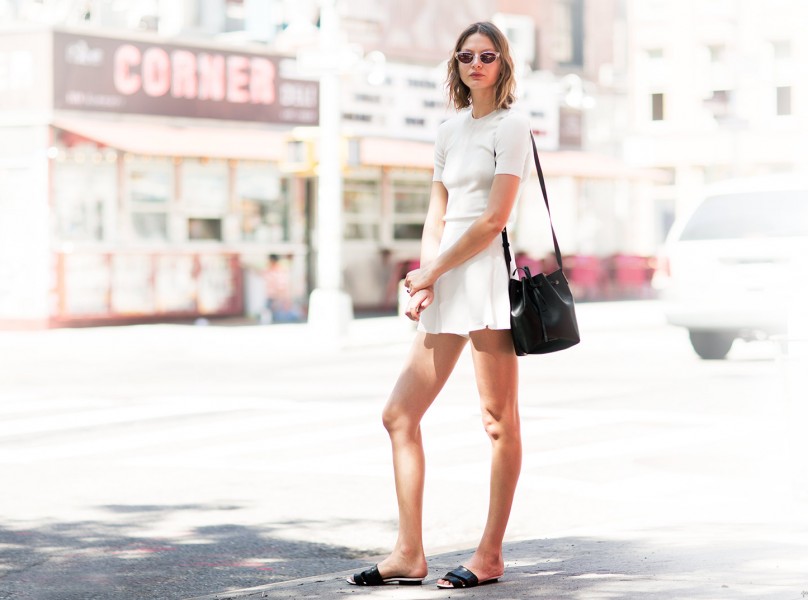
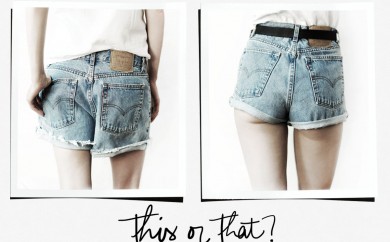
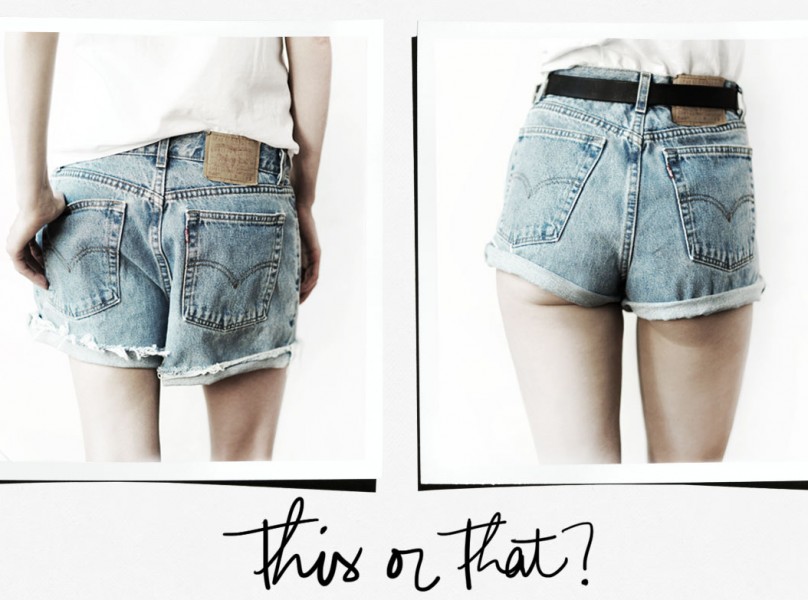
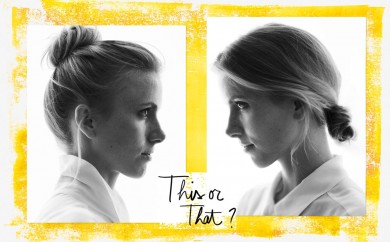
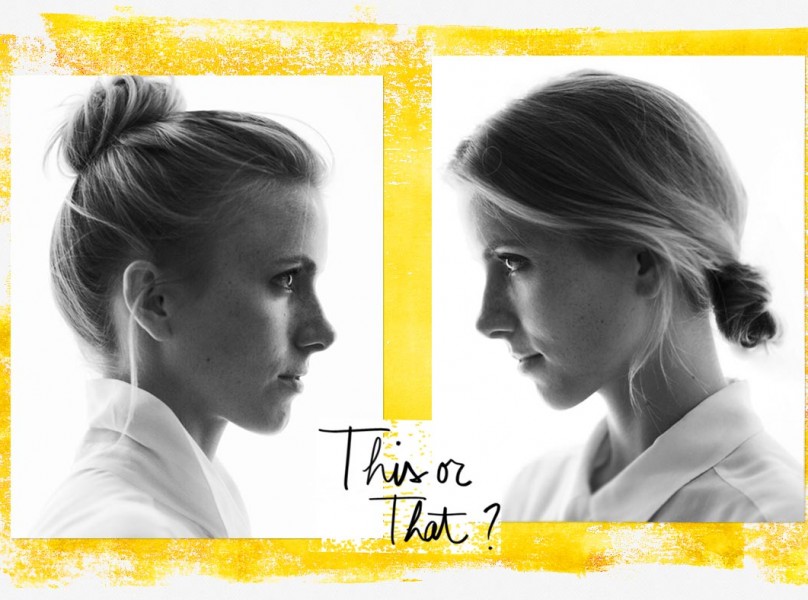

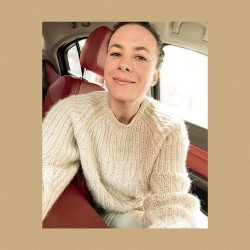

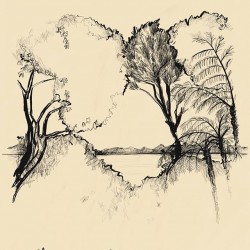



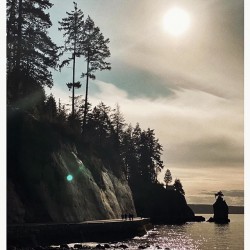
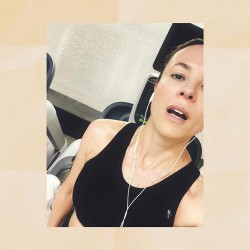
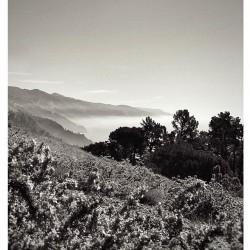
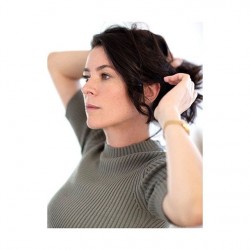
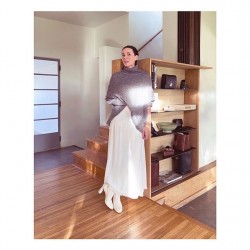
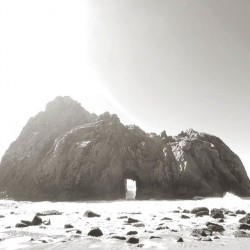
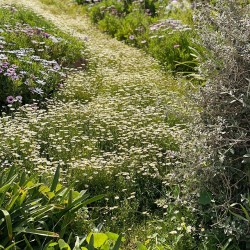


And all this time I thought you had to stop thinking and I hated meditation for that because as she says it’s impossible !!!
Now, because of your article it seems more interesting to me.
I love being in the mountains with my dog on our daily walks.I can feel my body,breath fresh air,look at nature and experience streams of consciousness and wisdom.How grateful am I to experience that in my regular day to day life,hugely grateful!!!!!
Very clear and earnest intro to meditating. That whole “clear your mind” thing is SUCH nonsense. And although it’s been repeated again and again that it’s NOT what meditation is about, that commonplace is still floating around, clouding understanding and creating an absurd barrier to practice. It’s also refreshing to read someone who’s not “selling” meditation as a way to be a better/more efficient/achieving person (just like yoga’s primary purpose never was to improve to shape of your butt, argh!).
La meilleure facon de mediter pour moi est de me fondre dans la nature et ne faire qu’une avec ce qui m’entoure. La sensation est extra-ordinaire !
Thanks for this wonderful post! I’ve thought about doing meditation for a while and attempted a few times but it was difficult to CLEAR MY MIND. Thanks for breaking that misunderstanding!
Anna
http://www.sketchingandreading.com
This is so beautiful :) Thank you x